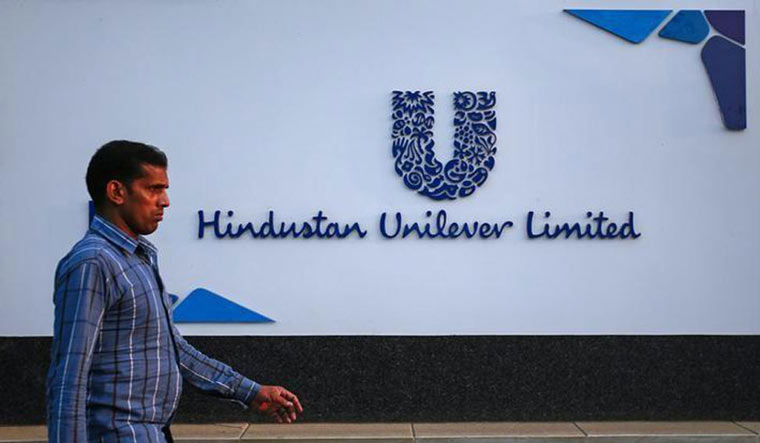Over the past few months, a surge in commodity costs, driven by supply-side challenges in the pandemic and then the Russian invasion of Ukraine have pressured fast moving consumer goods companies. The June quarter earnings announced by Hindustan Unilever, the largest FMCG company in the country, show commodity cost inflation remains a concern and executives say, it's likely to remain so in the July-September quarter too.
Companies have raised prices to counter the cost pressures, but high inflation has in turn dented demand, more so in rural markets, which is also a worry.
HUL reported a standalone net profit of Rs 2,289 crore in the first quarter, up 11 per cent from the year ago net profit of Rs 2,061 crore. Revenue from sale of products rose over 19 per cent to Rs 14,016 crore, from Rs 11,730 crore. While the company has benefited from market share gains across categories, what must also be noted is that earnings in the June quarter last year were impacted due to the second wave of COVID-19. Volume growth (packs sold) in June quarter stood at 6 per cent.
Also due to commodity cost pressures, HUL’s EBITDA (earnings before interest, taxes, depreciation and amortization) margin has declined 110 basis points to 23.2 per cent. This even as the maker of Lux soaps and Red Label tea raised prices by 12 per cent last quarter.
“Sequentially commodity markets have inflated further in June quarter and prices of most commodities are at very high levels,” pointed Ritesh Tiwari, the CFO of HUL.
He said the raw material inflation that the company had faced was at 20 per cent last quarter. In the last few weeks, cost of some commodities like palm oil have come down. However, given the high cost inventory contracted earlier and cost of many other commodities like crude oil, caustic soda and plastic remaining elevated year-on-year, there may not be too much respite in the September quarter either, with some positive sequential impact on margins expected from the December quarter.
“In the near-term growth will be price-led. Inflation continues to impact consumption. Most commodities have further inflated in June quarter and continue to remain at very high levels. This along with consumption of higher cost inventory will result in September quarter margins to remain under pressure,” Tiwari said.
Sanjiv Mehta, the MD and CEO of HUL also pointed that the market volume growth has remained negative in the last three months and pricing action by companies continues to drive growth.
“Urban is slightly better, last year it had got impacted more due to the COVID wave. Urban has bounced back; modern-trade, which is primarily urban has also bounced back strongly. So, urban is looking better than rural,” he said.
Rival companies like Godrej Consumer Products too had recently warned that the FMCG industry continued to remain soft.
“It continued to be hit hard by inflation levels aggravating due to geopolitical tensions, leading to successive price increases and impacting volumes,” the maker of Cinthol soap had said.
Edible oil maker Marico too had warned of mid-single digit volume decline in the India business in its quarterly update.
“Current trends indicate that consumers titrated consumption in some nonessential categories and either downtraded among brands or switched to smaller packs in the essential categories,” it had said.





